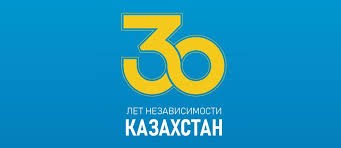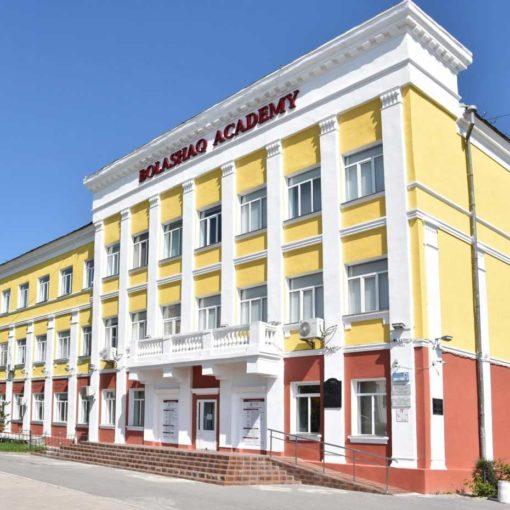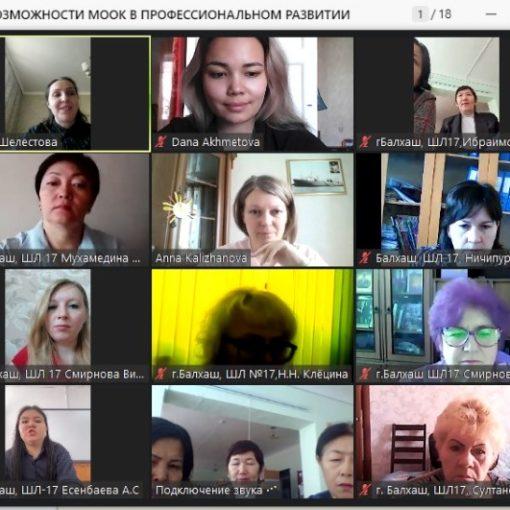Kazakhstan is a multi-ethnic country, and the basis of its political stability is inter-ethnic harmony. The land of Kazakhstan has long been home to more than 130 ethnic groups. Different reasons have contributed to this: historical, political and social. Several centuries ago free people began to appear in Kazakh steppes. Russian peasants who came in search of free land and Cossacks drafted to protect the borders of the Russian Empire settled here. In XIX century on the territory of modern Kazakhstan many Uigurs and Dungans who had run from China in search of calmness and safety moved here. The big wave of Russian, Ukrainian, Belarus, Polish and Bulgarian immigrants with the families, domestic stuff and cattle moved to Kazakh steppes and foothills during realization of Stolypin reforms.
In the 30-40s of the XX century the Koreans, the Germans of the Volga region and Caucasus, the Chechens, the Ingush, the Meskhetian Turks, and representatives of many other peoples were forcibly moved to Kazakhstan. In post-war time to Kazakhstan tens thousand people from all regions of the USSR – on objects of “great constructions of communism”, for subduing of virgin lands.
Deportation of Chechens and Ingush
77 years ago, on February 23, 1944, deportation of Chechens and Ingush from the territory of the Chechen-Ingush ASSR to the Central Asia began. In the course of the operation “Chechens”, carried out by the NKVD, NKGB and SMERSH under the general guidance of Commissar of Internal Affairs L.P. Beria, almost 500 thousand people were forced to leave their homes.
Rationale for deportation
The territory of the ChIASSR was almost never under occupation, so it was not easy to accuse its people of direct betrayal.
The decision to deport the Chechens and Ingush was motivated by the Presidium of the Supreme Soviet of the USSR by the fact that “during the Great Patriotic War, especially during the actions of the German troops in the Caucasus, many Chechens and Ingush betrayed their country, defected to the Nazi occupiers, joined the ranks of saboteurs and spies, thrown by the Germans into the rear of the Red Army, Have created at the behest of the Germans armed gangs to fight against the Soviet authorities, and also given the fact that many Chechens and Ingush for several years have participated in armed uprisings against the Soviet authorities and for a long time, not being engaged in honest work, have carried out bandit raids on collective farms in neighboring areas, robbing and killing Soviet people”. In particular, the existence of mass rebel organization “United Party of Caucasian Brothers” led by Khasan Israilov (Terloyev) and others was claimed.
Although Russian historiography acknowledges the deportation as a crime, its cause – “collaboration with the Nazis” – is often described as a proven fact, citing NKVD documents. However, Wehrmacht archival documents paint a different picture. There were indeed plans to raise an uprising in Chechen-Ingushetia by sending in saboteurs, but they failed due to the lack of support from the local residents.
According to the data, there were 38 sects comprising over 20,000 people in the republic. These were mostly hierarchically organized Muslim murid religious fraternities.
“They were active in anti-Soviet work, harboring bandits and German paratroopers. When approaching the front line in August-September 1942, 80 members of the Communist Party (b) abandoned their work and fled, including 16 heads of district committees of the Communist Party (b), 8 senior officials of district executive committees and 14 chairmen of collective farms, “- wrote Bogdan Kobulov.
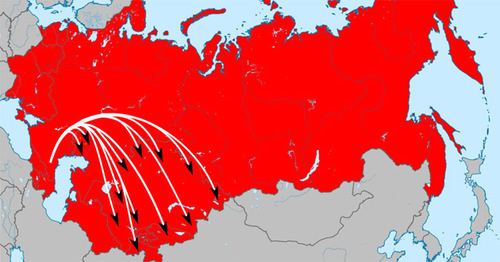
Operation Lentil
Operation Lentil began at 02:00 local time on February 23, 1944, when the Panther code signal was broadcast over the radio.
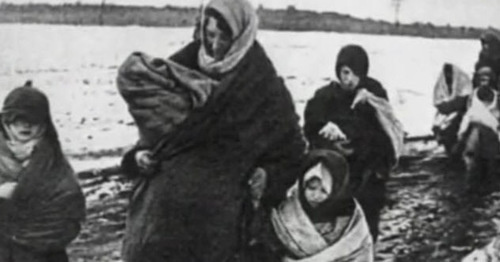
At six in the morning the military began knocking on houses and waking the owners, giving them two hours to pack. Then they were taken by trucks to the nearest railway station and loaded into ‘teplushka’ cars.
They were allowed to take up to 500 kilos of cargo per family, but in fact most of their belongings had to be left behind, since each carriage would have room for 45 people with all their belongings. “Special settlers” were supposed to surrender livestock and grain and receive a similar amount in return from the authorities at their new places of residence, but in most cases this rule was not followed.
On February 23, the first day of the operation, 333,739 people were evicted, of whom 176,950 were loaded onto wagons. By March 1, 478,479 had been departed, of whom 387,229 were Chechens and 9,250 Ingush (of whom around 500 were from other nations, mainly Avars, who were evicted by mistake). Around 6,000 Chechens were stuck in the mountains in the Galanchojoy area due to snow, and the operation lasted until 2 March.
According to official data, during the operation 780 people were killed, 2016 “anti-Soviet elements” were arrested and more than 20,072 firearms were seized. Some 6,544 people managed to escape into the mountains.
At the end of the 1980s the operation in the mountainous village of Khaibakh of the Galanchojsky (now Achkhoi-Martanovsky) district was widely publicized. On February 23 it snowed heavily in the area of Khaibakh, blocking the roads and preventing people from coming down from the mountains, thus disrupting the deportation schedule. The State Security Commissar of the 3rd rank Mikhail Gvishiani ordered to drive people – about 200 people, according to other evidence – 600-700 people into collective farm stables and burn them. Those, who tried to escape, were shot with submachine guns. The inhabitants of the surrounding farms were also shot.
Two commissions were created to investigate the operation in the area, in 1956 and 1990, but the criminal case was never brought to a conclusion. The official report of the 3rd rank State Security Commissar M. Gvishiani who was in charge of the operation in the area said only about several dozen people who were killed or died on the way.
In addition, according to the collection of documents published by the Foundation “Democracy” in the collection of documents “Stalin’s deportations. 1928-1953”, in one village three people were killed, including an eight-year-old boy, in another – “five old women”, in a third – “according to unspecified data” – “unauthorized shooting of sick and crippled up to 60 people”.
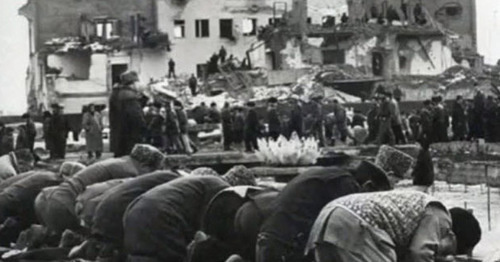
Individual workers of the Peoples’ Commissariat of State Security reported “a number of outrageous facts of violation of revolutionary legality, unauthorized shootings of Chechen elderly women, sick and crippled people who did not manage to follow the relocation,” but no one was punished.
The last to leave, on February 29, was the national political elite of the Chechen ASSR: they were sent in a separate train to Alma-Ata. The only indulgence for the elite was that they were transported in standard passenger carriages and were allowed to take more luggage. A few months later, in the summer of 1944, several Chechen spiritual leaders were summoned to the republic in order to help persuade the guerrillas and Chechens who had evaded deportation to stop their resistance.
According to the report of the head of the NKVD convoy troops, General Bochkov Beria, a total of 493,269 people (an average of 2,740 people per train) were sent in 180 trains, 65 cars each. On the way, 56 babies were born and 1,272 died, mostly from colds or exacerbation of chronic diseases.
“In overcrowded “calf cars”, without light and water, we were traveling for almost a month to an unknown destination …” said the head of the department of the former North Ossetian Regional Committee of the Communist Party of the Soviet Union, Ingush X. Arapiyev. – Typhus was spreading. There was no cure, the war was going on… During short layovers, at abandoned passages near the train, the dead were buried in the snow, black with locomotive soot (leaving the carriage more than five meters away threatened them with death on the spot)…”.
By March 20, 491,748 deported Chechens and Ingush had arrived.
In July 1944 Beria presented Stalin with the final information: “In fulfillment of the decision of the State Defense Committee of the NKVD in February-March 1944, 602,193 people of the North Caucasus, including Chechens and Ingush – 496,460 people, Karachais – 68,327, Balkars – 37,406 people were moved for permanent residence to the Kazakh and Kirghiz SSR.”
The overwhelming majority of Vainakh migrants were sent to Kazakhstan (239,768 Chechens and 7,470 Ingush) and Kyrgyzstan (70,097 Chechens and 2,278 Ingush). The Chechens were concentrated in the Akmola, Pavlodar, northern Kazakhstan, Karaganda, eastern Kazakhstan, Semipalatinsk and Almaty oblasts, and in Kyrgyzstan in the Frunze and Osh oblasts. Hundreds of special settlers who had worked in the oil industry at home were sent to the fields in the Guryev oblast.
By the decree of March 8, 1944, 714 participants of the deportation were awarded “for exemplary performance of special tasks”, including the Orders of Suvorov, Kutuzov, and the Red Banner.
However, the deportation did not end there. Till the end of 1945 the Chechens and Ingush, remained in the republic for various reasons, living in nearby regions and republics, serving sentences in the penal colonies and labor camps, located in the European part of the RSFSR, mobilized in the Red Army were subjected to it. According to the department of special settlements of the Ministry of Internal Affairs, there were 710 officers, 1696 sergeants and 6488 privates among the special resettlers from the North Caucasus who returned from the front.
Rehabilitation and Return
On June 16, 1956 restrictions on the resettlement of Chechens and Ingush were removed, but without the right to return to their homeland.
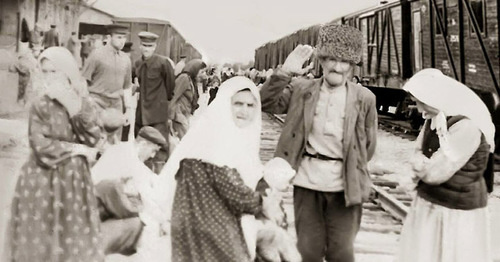
On January 9, 1957 by decrees of the Presidium of the Supreme Soviet of the USSR and the Presidium of the Supreme Soviet of the RSFSR Chechen-Ingush ASSR was restored, Chechen and Ingush names were restored for most districts.
Immediately after the decree tens of thousands of Chechens and Ingush in Kazakhstan and Kyrgyzstan quit their jobs, sold their property and began to seek return to their former places of residence.
In the spring of 1957, 140,000 people returned home. In the spring of 1957, 140,000 people returned home (while the plan was 78,000), but by the end of the year the number had risen to about 200,000. The authorities were forced to temporarily suspend return of Chechens and Ingush in summer 1957.

